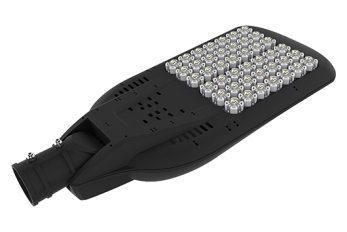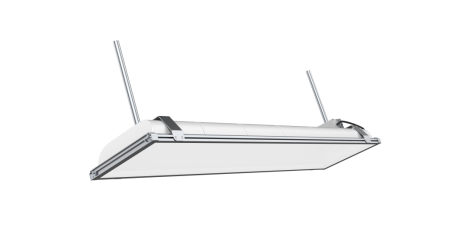Sansi LED: Sustainable LED Lighting and Integrated LED Display
Delivering premium and professional LED Display, LED Lighting, Smart City Integration solutions, trusted by over 60,000 companies worldwide everyday. From industrial lighting to commercial lighting, from outdoor advertising to XR & VR production, Sansi LED greatly improves the quality and sustainability of your business with 30 years of expert experiences.
When it comes to selecting lighting fixtures, design professionals and contractors emphasize not only the appearance and performance of the lights but also their IP protection ratings. What makes this parameter so important for the customers? Let’s delve into the reasons behind this consideration.
Understanding the Environment
For outdoor lighting fixtures, informed buyers know to consider the installation environment beforehand. Factors such as rain, snow, wind, and dust can damage the lighting fixtures. Environmental contaminants and water from heavy rain or accidents can lead to deterioration in performance. For indoor lighting, aspects like damp environments, laboratories, and oil and chemical industries also need to be taken into account. Here, the protection rating prevents moisture and dust from entering the fixtures, which can harm the internal components and pose safety risks. Thus, it’s critical to have a keen eye on the IP protection ratings before making a purchase.

What is an IP Protection Rating?
The IP (Ingress Protection) rating, drafted by the IEC (International Electrotechnical Commission), categorizes electrical devices according to their dust and moisture resistance. It consists of two numbers: the first signifies the device's protection against solid objects (dust), while the second indicates its protection against liquids (moisture). The higher the numbers, the greater the protection level offered by the fixture.
Common Misconceptions About IP Ratings
While considering IP protection ratings in your purchase decision, it's essential to be aware of some common misconceptions:
The two digits in an IP rating are not directly related. A high dust protection level does not imply a high water protection level, and vice versa. The IP protection level of lighting fixtures should be determined based on the specific use case. For instance, street lights and classroom lights have different protection requirements.
Street lights must endure harsh environmental conditions, including strong winds, rain, snow, and dust storms. If rain or dust infiltrates the fixture, it can damage the components, resulting in malfunction and posing a risk to traffic and pedestrian safety.
On the other hand, classroom lights experience minimal impact from water droplets; however, fine dust present in the air can easily enter the fixtures. Over time, accumulated dust can significantly affect performance and longevity.

The IP rating for outdoor fixtures covers the entire light body and external electrical components, while that for indoor fixtures includes the exposed or visible parts only. Understanding this distinction is crucial when choosing the right fixture for your needs.
An IP rating's effectiveness is limited to fixtures that are installed and used correctly within suitable environments. High ratings do not mean you can use the fixture indiscriminately in any setting.
Generally, indoor lighting is not designed for outdoor use, while outdoor fixtures may be used indoors, provided they are installed correctly.
Manufacturers typically label the IP ratings on their product documentation or packaging. If this information isn’t readily visible, buyers should exercise caution and verify the specifications to avoid complications down the line.
Selecting lighting fixtures based on their IP protection ratings is essential for ensuring durability and safety, tailored to the specific environments they will be installed in. Taking the time to understand these ratings and their implications can lead to more informed decisions and better performance in the long run.
